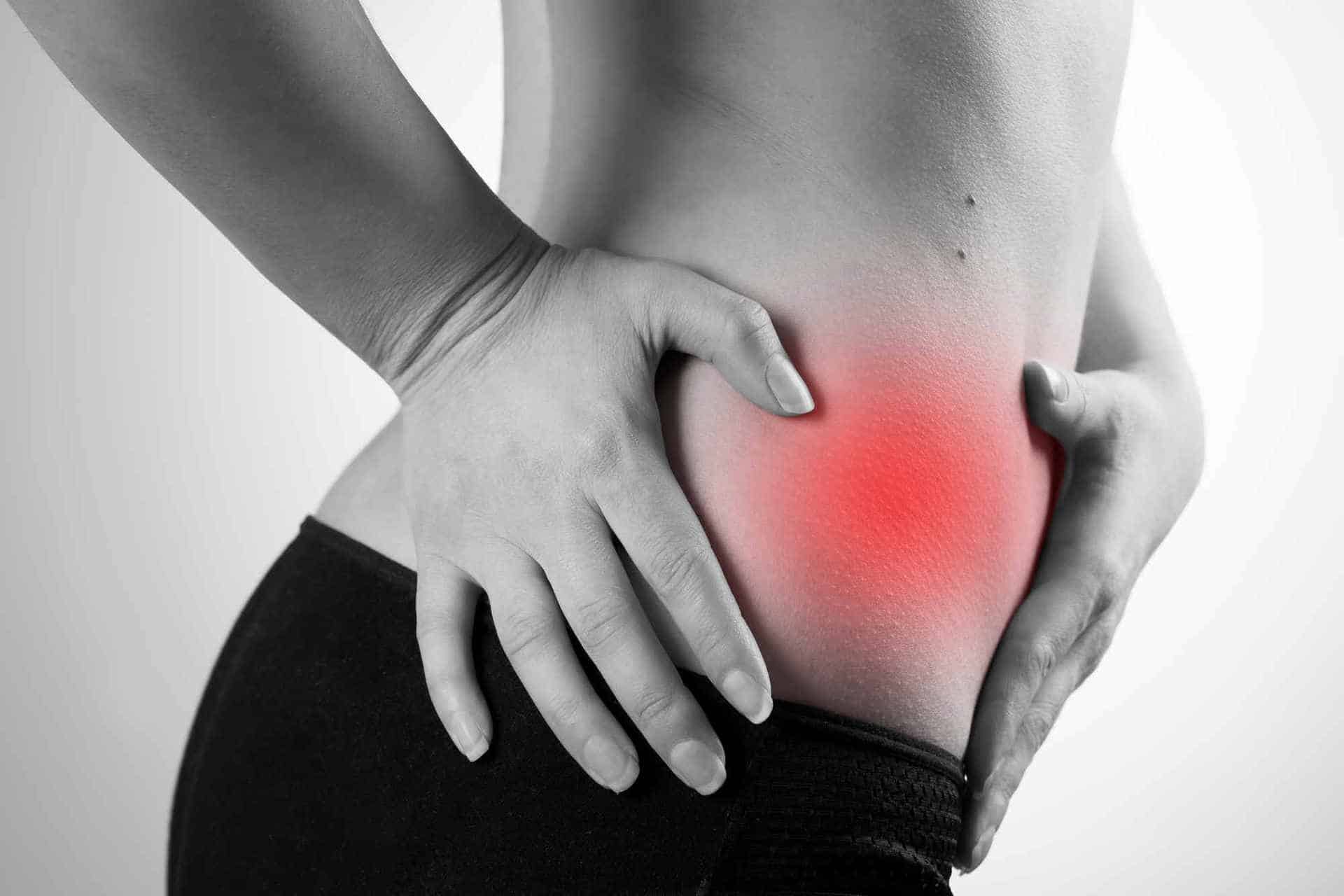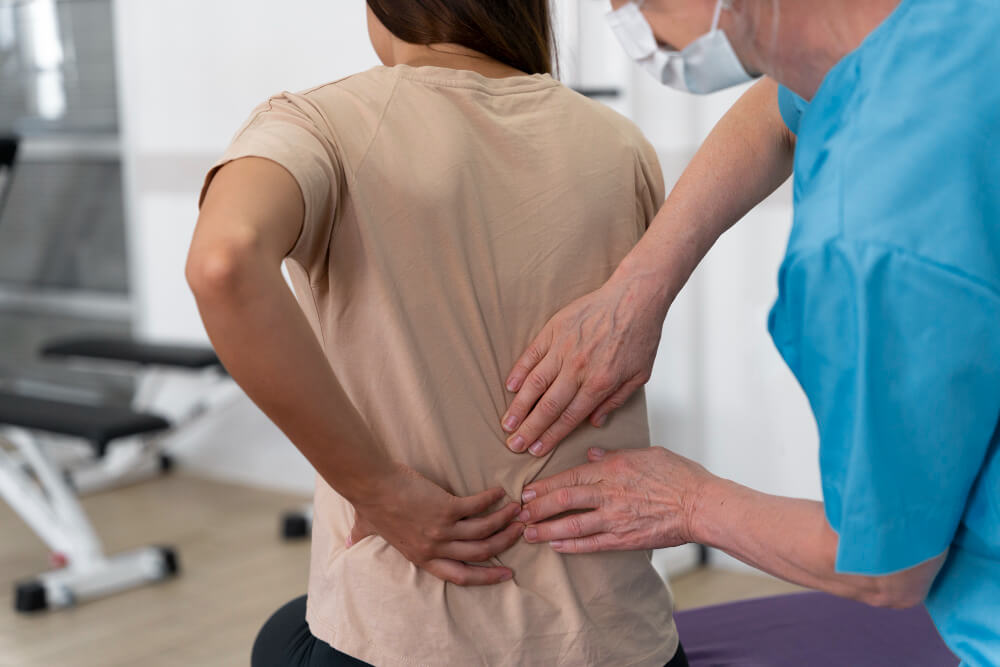CrossFit and Hip Pain: Effective Treatment Options for Speedy Recovery
CrossFit has become a popular fitness regimen, known for its challenging and dynamic workouts. These workouts incorporate elements of weightlifting, gymnastics, and metabolic conditioning, pushing athletes to achieve peak performance. While CrossFit offers numerous benefits for strength, conditioning, and overall fitness, the high-intensity nature of the program can place a significant strain on the body, particularly on the hips. Hip pain is a common concern among CrossFit athletes, often arising from repetitive movements, improper form, or muscle imbalances.
Understanding Hip Pain in CrossFit Athletes: Common Causes and Symptoms
Factors Contributing to Hip Pain in CrossFit:
- Repetitive Movements: CrossFit workouts often involve repetitive movements like squatting, lunges, and jumping exercises. These movements can overload the hip joint, leading to overuse injuries.
- Improper Form: Not maintaining proper form during exercises can put undue stress on the hip joint, increasing the risk of injury.
- Muscle Imbalances: Weak or tight muscles around the hips can lead to improper mechanics and increased strain on the joint.
- Insufficient Rest and Recovery: Not allowing adequate rest and recovery between workouts can hinder the body’s ability to repair itself, leading to hip pain.
- Previous Injuries: Prior injuries to the hips, even if seemingly healed, might predispose athletes to pain during CrossFit workouts.
Symptoms of Hip Pain in CrossFitters:
- Pain: Aching or sharp pain in the hip joint, often worsening with activity.
- Stiffness: Reduced range of motion and difficulty performing movements that involve hip flexion or extension.
- Limping: A limp might develop if the pain is severe or if it affects your ability to walk normally.
- Weakness: Weakness in the hip muscles can make it difficult to perform certain exercises or maintain proper form during workouts.
- Snapping or Popping Sensation: In some cases, athletes might experience a snapping or popping sensation in the hip joint.
Treatment Options for Hip Pain in CrossFit Athletes: Restoring Mobility and Function
Early Intervention and Rest:
If you experience hip pain during a CrossFit workout, it’s crucial to stop the activity immediately. Early intervention and rest are essential to prevent further injury and promote healing.
Ice and Heat Therapy:
Applying ice packs to the affected area for 15-20 minutes at a time, several times a day, can help reduce inflammation and pain. Once the initial inflammation subsides, switching to heat therapy with a heating pad or warm compress can improve circulation and promote healing.
Physical Therapy:
Physical therapy plays a vital role in managing hip pain and preventing future injuries. A physical therapist can assess your movement patterns, identify any muscle imbalances, and design a personalized program to strengthen the muscles surrounding the hip joint, improve flexibility, and restore proper mechanics.
Pain Medication:
Over-the-counter pain relievers like ibuprofen or acetaminophen can help manage pain and discomfort associated with hip pain. However, it’s essential to consult a doctor before taking any medication, especially if you have underlying health conditions.
Corticosteroid Injections:
In some cases, a doctor might recommend corticosteroid injections to reduce inflammation in the hip joint. Corticosteroid injections can provide targeted pain relief, but they should not be used as a long-term solution.
Preventing Hip Pain in CrossFit: Tips for Long-Term Success
Proper Form and Technique:
Prioritizing proper form and technique during all CrossFit exercises is essential for preventing hip pain. Don’t hesitate to seek guidance from a qualified CrossFit coach if you’re unsure about the correct form for an exercise.
Warm-Up and Cool-Down:
A thorough warm-up before your workout and a cool-down afterward are crucial for preparing your body for activity and promoting recovery.


